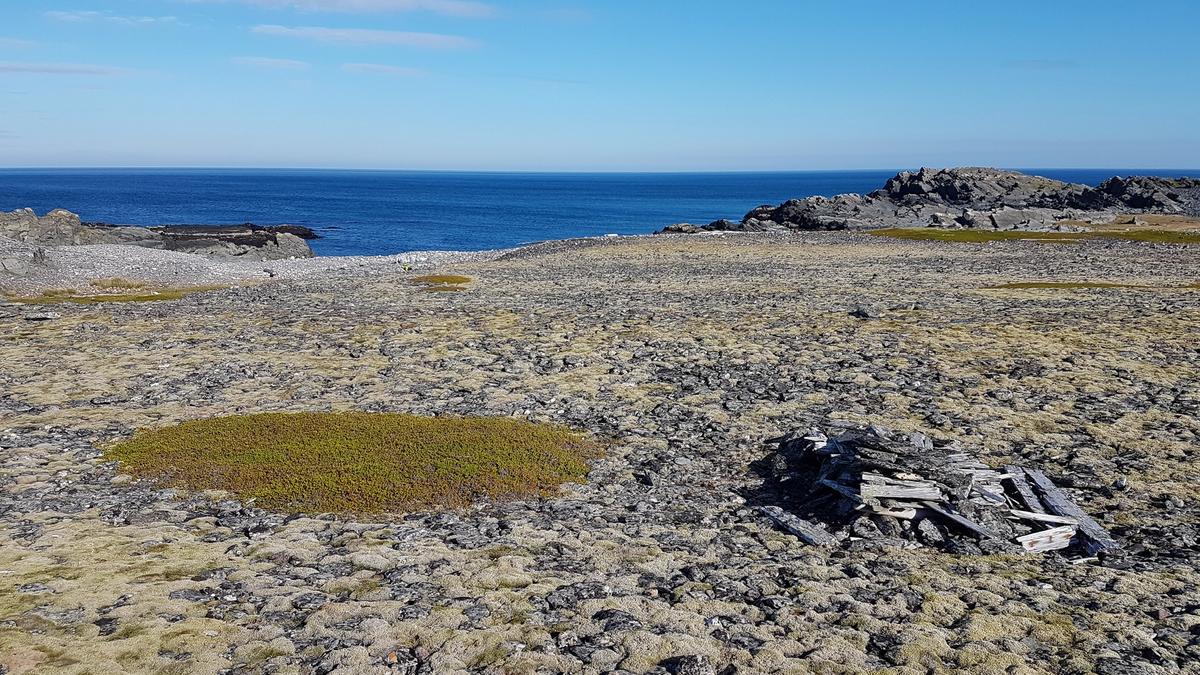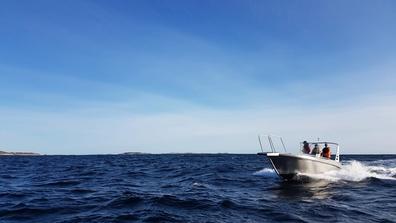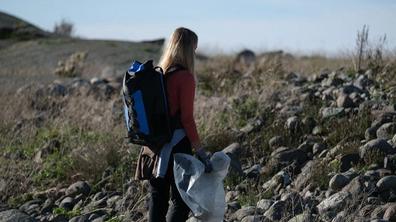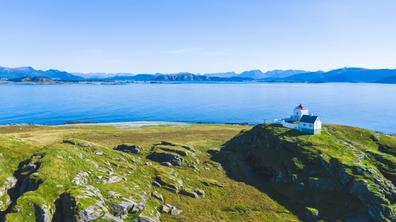When planning a clean-up, it is important to check whether there is any cultural heritage in the area you plan to clean. Clean-ups may involve larger or smaller interventions and burden on an area, and it is therefore important to be cautious to avoid damage on cultural monuments, places and landscapes.
In Norway, there are many types of cultural monuments from different historical periods and eras. Cultural monuments can be magnificent buildings and monuments, but also traces from the past that are covered by soil and vegetation. Such cultural monuments are therefore not always easy to see. This can, for example, be the remains of old settlements, burial mounds and cooking pits. It is therefore important to check whether there are any cultural monuments in the cleaning area in Rent hav and make assessments based on the information you find there.
Cultural monuments and cultural environments with their uniqueness and variety are protected, because they are part of our cultural heritage and identity. Damage to a cultural monument is serious, and the Cultural Heritage Act prohibits encroachment on protected cultural monuments. If there is damage to a cultural monument during a clean-up operation, the damage is an offence.
At Norwegian Directorate for Cultural Heritage you can read more about cultural monuments, environments and landscapes in Norway.
Clean-ups and history
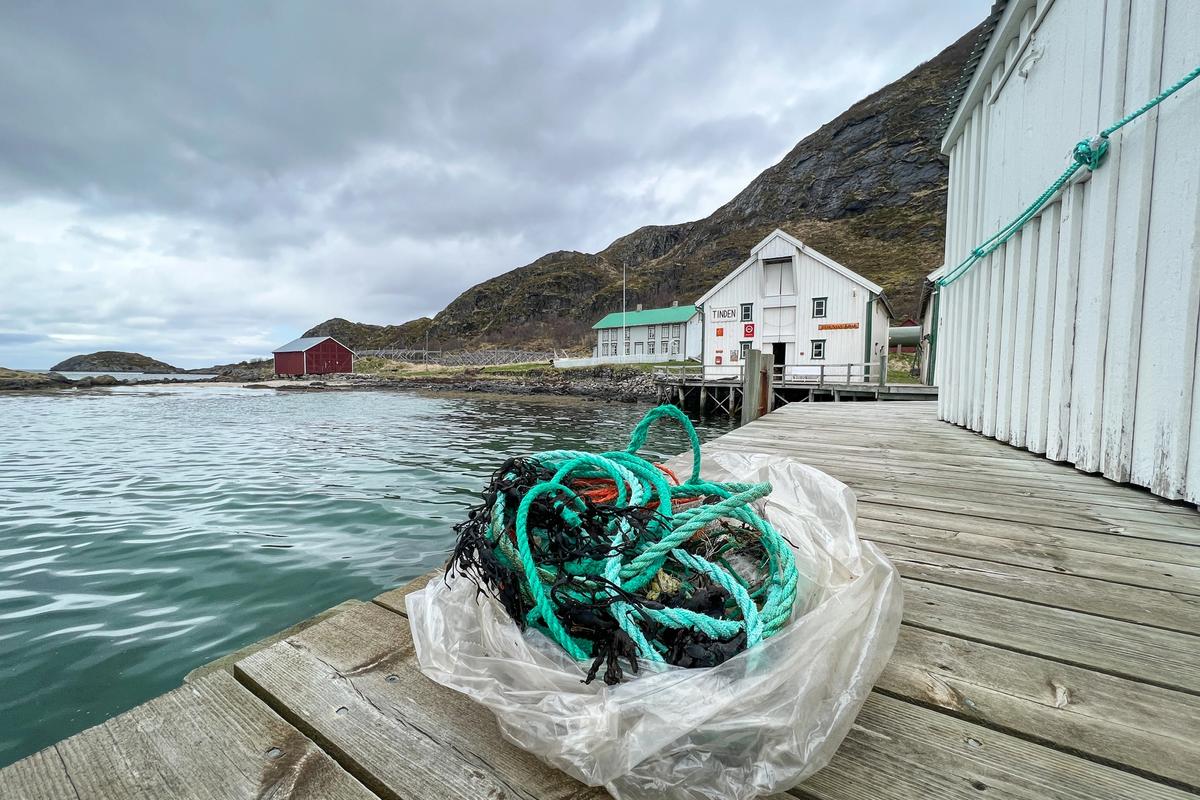
Clean-ups in areas with cultural heritage contributes both to taking care of nature and the sea, but also to taking care of the area where the cultural heritage is. There is a lot of history in cultural monuments and it can be exciting and motivating to share this information with the participants on clean-ups to create commitment, curiosity and motivation.
If the pdf does not include images, please click Cancel and try again.


